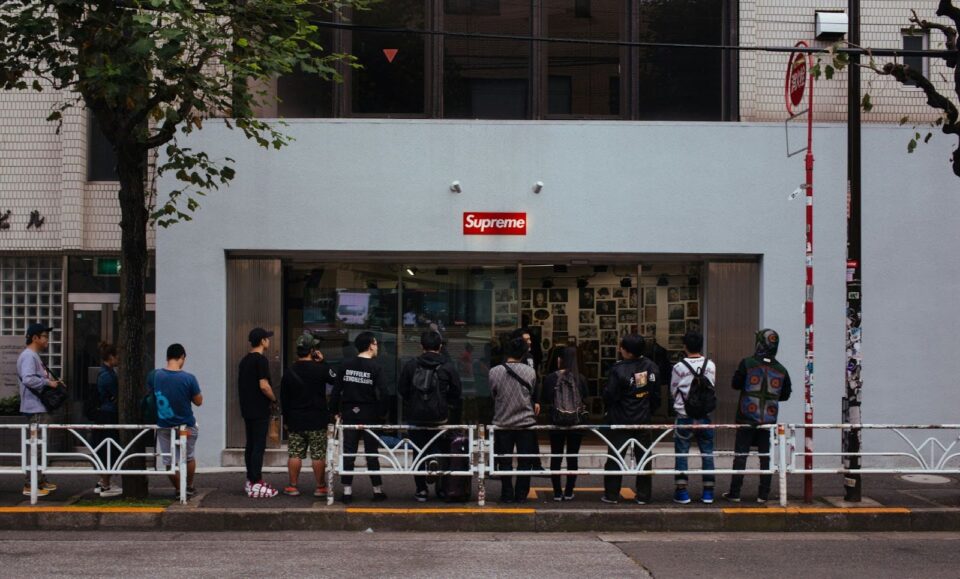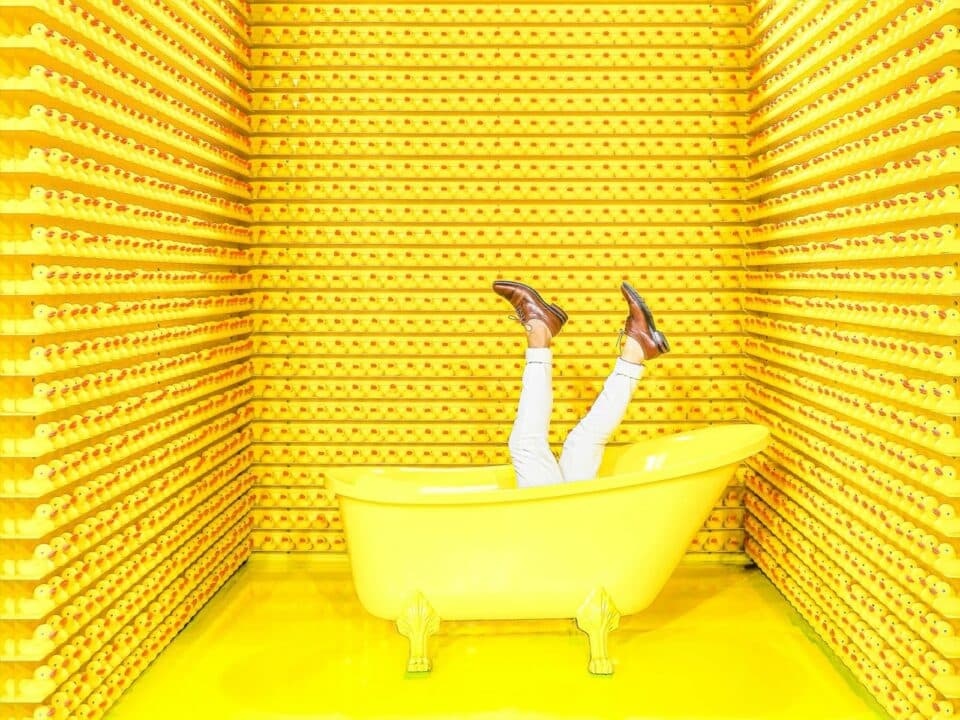How to remove retail’s pain points

We’ve all experienced it. A frustrating shopping trip because of one, or any number of pain points. From having to stand and queue for ages to pay or not being able to find the item you want, there’s a lot about in-store shopping that isn’t enjoyable. One of the big attractions of online shopping is that it removes many of these pain points.
But many of these issues are historical. In today’s retail environment there’s no need for most of them still to exist. Retailers need to stop designing pain points into their stores and services. We take a look at some of the most common pain points and how retail can remove them for a better customer experience.
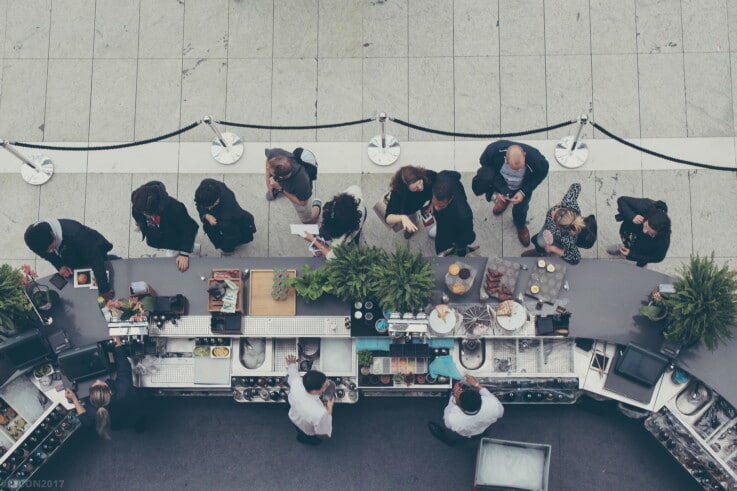
The pain point: Queuing
Queuing is one of the biggest retail pain points. If a customer walks into a store and sees a long queue, it might be enough to make them leave again without even looking around. Likewise, if they want to buy something, but see they’ll have to queue for a while they may rethink how much they want their purchase. Then there’s the fact that it’s just not very fun.
The fix
Many retailers are increasingly equipping their sales assistants with devices to take card payments from customers anywhere on the shop floor. This is a great way to counter the queue, but it also makes the experience more seamless when getting help from an assistant. They can help you pick out what you want to buy, answer questions, and then take the payment. One person can manage the entire transaction, which helps to foster a better relationship with the customer.
With this type of tech becoming more accessible, it’s also causing some retailers to totally rethink how they design their stores. If you don’t need a fixed till to take payments, do you need to design till areas in your stores? What could you do with the space instead? How will it improve the customer experience?

Another way retailers are tackling the problem of queuing is through pre-ordering of purchases with specific pick-up times. Starbucks is a pioneer of this with its Mobile Order & Pay service. Customers order their drinks and pay in advance through the Starbucks app. They’re then told what time their order will be ready to pick-up. At that time they can walk into the store and go straight to the pick-up area where their drinks will be ready and waiting. Essentially, it’s like queue jumping; only it’s allowed.
It would be great to see this kind of tech applied more to in-store click-and-collect. While being able to buy or reserve online can be a great way to get a product into the customer’s hands faster, the experience typically involves them walking into the store and joining a queue to get it.
How much better would it be if you could notify the store that you were on your way and have an assistant ready with your purchase when you arrived? Curbside collection, where staff are notified when a customer pulls-up and bring their items out to their car, is also being used in more and more places in the US and offers similar benefits.
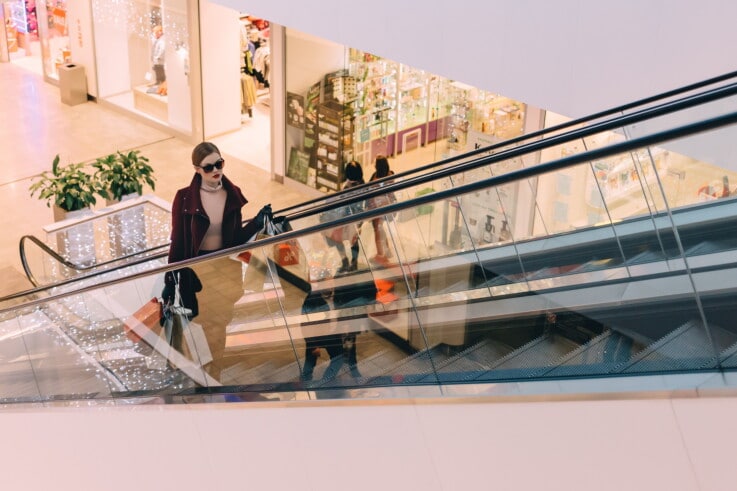
The pain point: Carrying bags
Lugging multiple heavy bags around isn’t fun. At a certain point it makes it difficult to browse shelves, pick up products or try things on. It can even cause customers to end their shopping trip early just because they can’t, or don’t want, to carry anything else.
The fix
Dropit is one company working to help retail combat this issue. The ‘hands-free shopping’ company has a number of retailer partners across London. Its shop-till-you-drop model enables customers to drop off their shopping bags in any of those partner stores. They can then continue shopping and drop off the bags in another store. Dropit then groups together all these bags and brings them to the customer’s door in one go.
The service costs £10 for a day pass. Dropit customers are able to drop off an unlimited number of bags in multiple stores through that day. All of the products are insured. It’s a great way to completely remove the need for someone to carry around their shopping bags leaving them free to get dinner, go to a show or movie, visit a friend or just shop more.
Other companies are adopting a ‘do you need it now’ mindset to customer purchases. Pro-Direct, for example, will ask customers if they want or need their purchases right away. If the answer is no then they are encouraged to have them delivered to their home, rather than carry them.
Another model that is becoming familiar is the ‘showroom’ store where customers can pick up, interact with and try on products, but can’t buy anything to take away that day. All purchases made are delivered to the customer’s home, which also means no bags.
Whether it’s working with a service provider like Dropit, or making some tweaks to in-store procedures, it’s relatively easy for retailers to remove this pain point with some clever thinking. This may be particularly useful when customers are buying a high volume of items, such as Christmas, and will want to avoid having too many bags to carry.
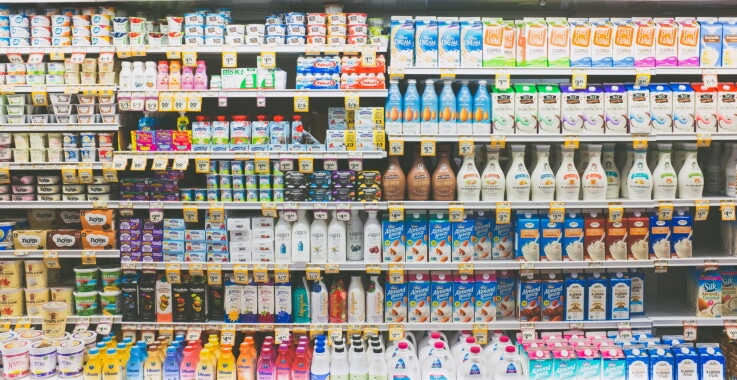
The paint point: Not finding what you want
Another major pain point is when a store doesn’t have what the customer wants in stock. Or the right size. Or the right colour. Aside from it being frustrating for the customer, it can also result in a lost sale for the retailer. It may even cause them to look online instead.
The fix
This is actually one of the easiest pain points for retailers to tackle. It all comes down to having the best possible knowledge of your products and what you have in every store. The better you know what’s in stock, the easier it is for you to help customers to find what they’re looking for.
RFID is one way that some retailers are getting greater visibility of their inventory. Saks’ Fifth Avenue was an early-mover in this, using RFID to manage inventory of its shoe department. Not only was it able to better serve its customers and ensure that low-stock products were reordered, but the use of RFID tags made stock-checks far faster for staff.
Other ways retailers are improving their inventory information is through the use of smart shelves, which know when items are picked up and put down, and robots which can scan shelves quickly to check stock levels. These methods can help retailers keep track of low or out of stock products and rectify issues before customers get frustrated.
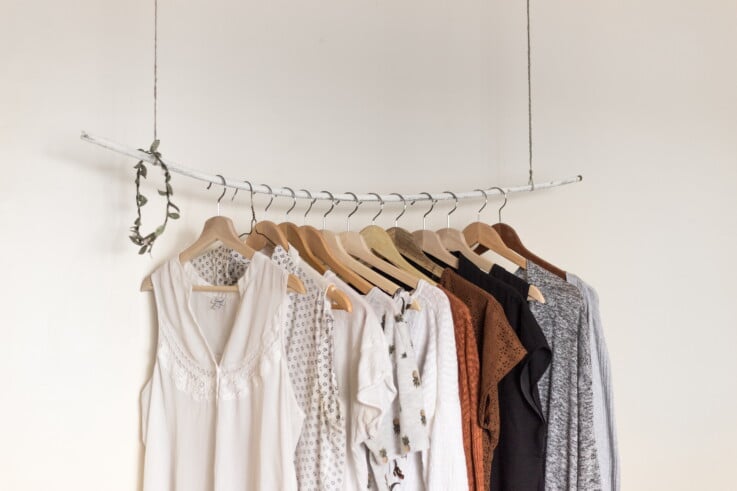
Where things get really useful though is when retailers can have a company-wide overview of their inventory. This means that if a certain store doesn’t have the colour or size or product a customer wants they can see if another store nearby has it. An even better experience would be if delivery of the product to the customer’s home or local store could be arranged from the store with the product. This saves the customer having to do any legwork, but means they still get what they want.
Staff also need to be better equipped to help customers locate what they want. Too often staff don’t even have the same level of knowledge about their products as the customer. Or they can’t search for a product number. Or if a product is out of stock in-store they don’t have the ability to order it on the customer’s behalf and have it delivered to their home.
Some stores have staff who are assigned to a certain product range or section. This can cause friction when the customer asks for assistance finding a certain product only to be told to speak to someone else or that they can’t help. The more informed sales assistants are the smoother they can make the customer experience.

No more pain points
There’s plenty of pain points in retail, but there’s also plenty of ways to counter them. In particular, new technologies and a shift in retailer thinking is helping to design out issues that once might have been thought to just be part and parcel of in-store shopping.
With customers demanding higher levels of service and better experiences, retailers can no longer sit back and say ‘that’s how things are’. It’s time for retail’s pain points to become a thing of the past.
How do you make your retail store smarter? Find out here. Plus, for more inspiration on how to improve your retail business, check out the top 50 retail initiatives of 2017.

